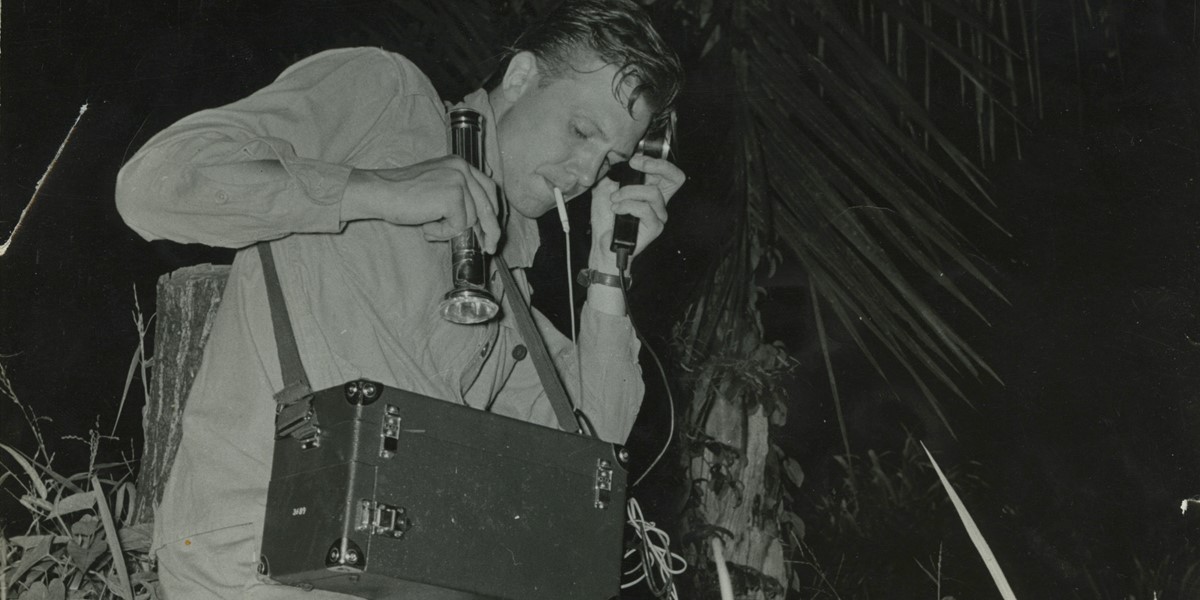Wednesday, December 19, 2018
David Attenborough – The World Music Collector
By Julian May
To celebrate the two-year anniversary of the release, Julian May, producer of 'David Attenborough – My Field Recordings from Across the Planet', explains how this extraordinary album came about, with photos courtesy of David Attenborough


Register now to continue reading

Thanks for visiting the Songlines website, your guide to an extraordinary world of music and culture. Sign up for a free account now to enjoy:
- Free access to 2 subscriber-only articles and album reviews every month
- Unlimited access to our news and awards pages
- Our regular email newsletters

